By Jay Moore
Adapted from a portion of “Abilene History In Plain Sight” published by ACU Press.
As the Packard automobile dealer in San Angelo in 1930, Kenneth Cox arrived in Abilene on May 24 to handle some business. Cox happened to enter the Hotel Wooten lobby just ahead of Frank Hart from Plainview. Cox came into the lobby at 6 p.m., thus beating Hart by mere minutes in becoming the first guest to sign the hotel registry on opening day of Horace Wooten’s hotel.
Built in less than a year and formally opened on June 6, 1930, Abilene’s tallest structure for over fifty years was the Hotel Wooten. Though many reversed the two words, manager Al Badger was quick to remind all that the hostelry’s name was Hotel Wooten and not Wooten Hotel. Opening at the outset of the Great Depression, the hotel was part of a development project financed solely by Horace O. Wooten, who built the Paramount Theatre next door at the same time. The connecting doorway between the two buildings is only faintly visible today.
Described as one of Abilene’s most sagacious entrepreneurs, Wooten was a publicity-shy, self-made man who entered the wholesale grocery business back in 1898 at North Second and Cypress in a store just one block south of where his hotel would stand. Profits from his far-flung grocery empire were typically re-invested in growing his business and in bettering Abilene and the surrounding area. Wooten helped build a desperately needed grain silo (still standing at Plum and North Second) and was among of group of investors who built the Roscoe, Snyder and Pacific railroad. Wooten put his money into financing a badly-needed hotel at Pine and North Fourth Street which was leased to Conrad Hilton (later renamed the Windsor), and in 1928 Wooten and other investors helped alleviate the shortage of office space by constructing the eight-story Mims Building. A year later he paid a record price — $100,000 — for a downtown lot catty-corner to the Mims where he built the Hotel Wooten and the Paramount Theatre.
Construction bids for the tower-like hotel were opened in July 1929, and the sixteen-story hotel was ready for business less than twelve months later. With vertical set-backs at the fifth and fifteenth floors, the tower-like building rested atop a foundation capable of supporting twenty-one stories should it prove to be a grand success and expansion necessary. By December of ’29, the concrete was already being poured on the top floor containing the water tank (pressure in the city water mains was unable to push water to the top floors so a pump would send water to a 10,000 gallon tank above the sixteenth floor) and exterior brick had reached to the eighth floor. In all, the building would rise to 208 feet, nine inches, making it the tallest in Abilene and for several counties in all directions. Extending the height another forty feet was the largest illuminated sign in West Texas, with letters spelling out “Hotel” in red and “Wooten” in blue.
The G.W. Waldrop Furniture Company won the bid to furnish the hotel. Following a buying trip to Chicago with architect David Castle, Waldrop announced that the hotel would have the most exquisite furniture he had ever seen. Predominant colors in the lobby would be rose and green while the 168 guest rooms would be fitted with velvet carpets and beds sporting Simmons “Beauty Rest” mattresses. Guests found their rooms complete with adjustable ceiling fan and a radio built right into the wall.
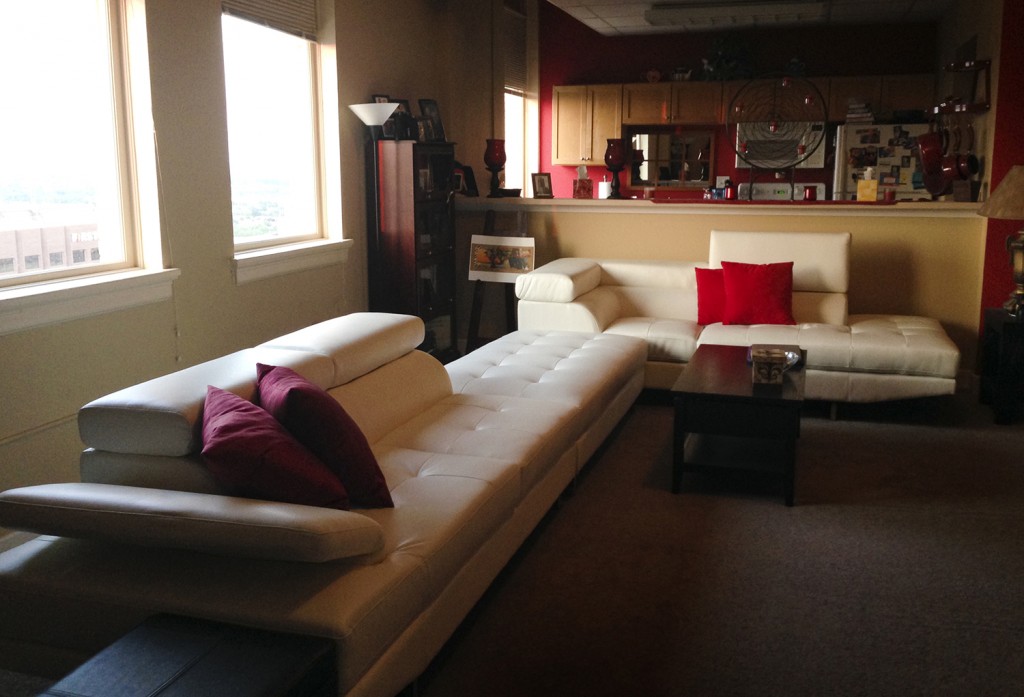
When the first guests checked in, the grand hotel was not fully finished as flooding had kept some trains — bringing draperies for the mezzanine along with some of the furnishings — from reaching the Abilene depot. Despite not having all details in place, guests were whisked up to their floor at 600 feet per minute in the noiseless elevators. The pride of the hotel was the penthouse Governor’s Suite featuring a living room and a small rooftop garden area. The only other room on the top floor was an apartment reserved for the hotel manager.
The formal opening of the Hotel Wooten took place over two days — June 6 and 7, 1930 — as thousands flocked to see the most impressive building in Abilene. Although the Hotel Wooten was never a great financial success and only experienced hundred percent occupancy during the days of Camp Barkeley, the buff-colored building — with the Wooten “W” set into walls flanking the main entrance — remains an Abilene icon.
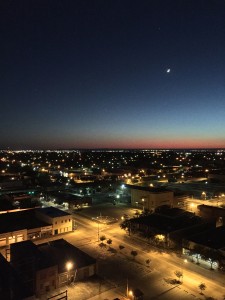















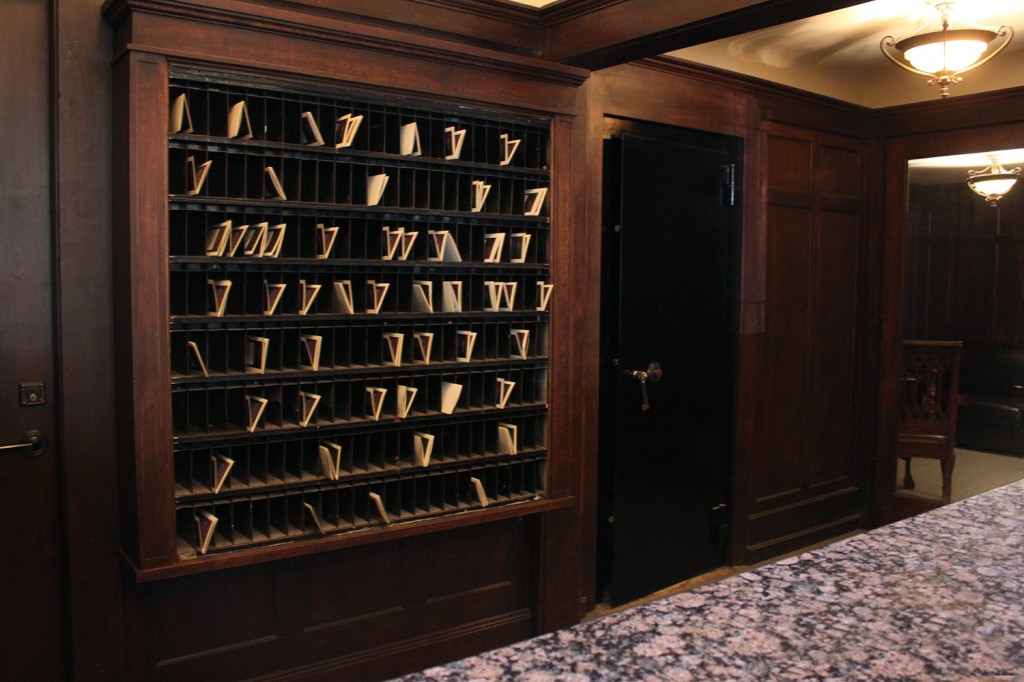
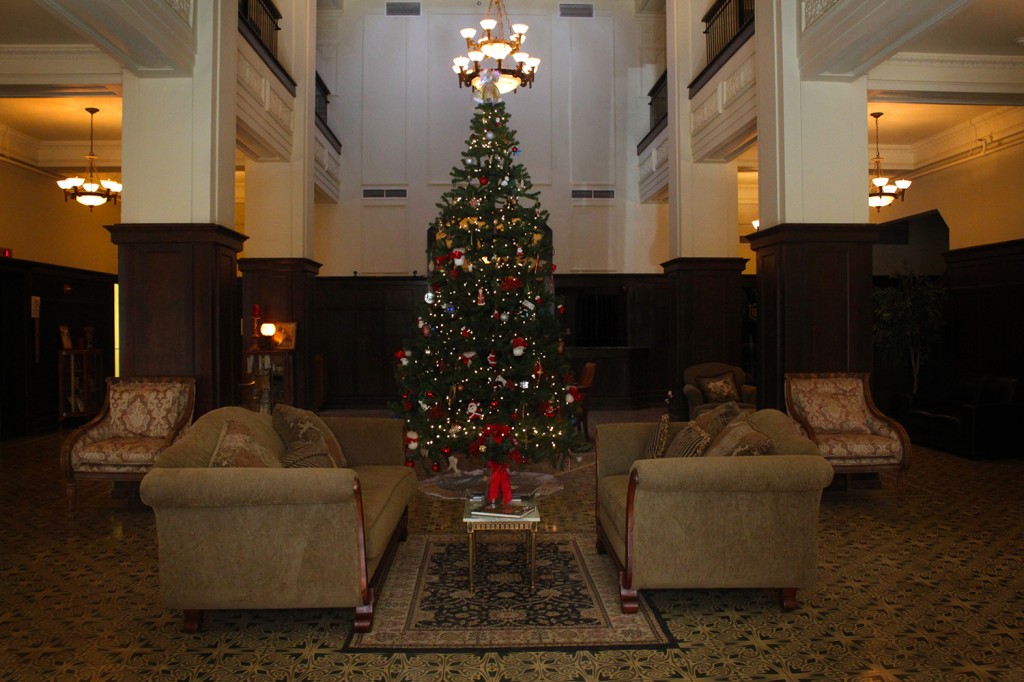

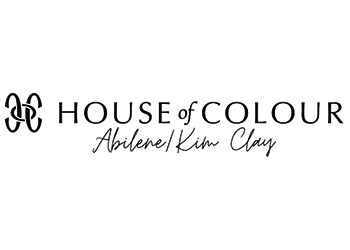










Interested in price for having a Bridal Shower.
March 7th from 2-4